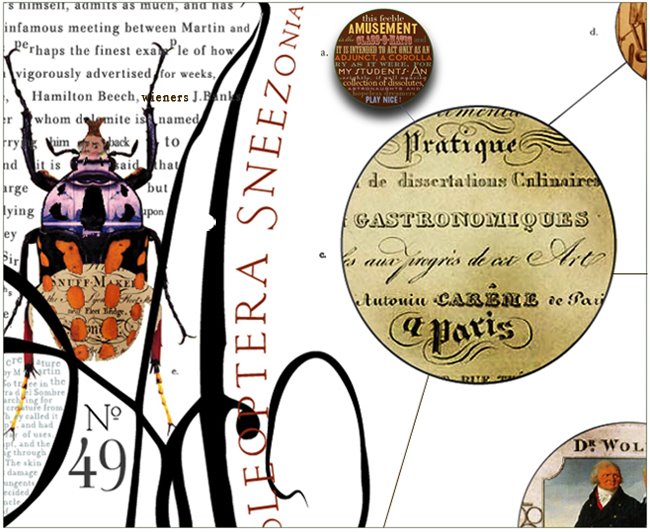 José Guadalupe Posada, La Calavera de Pascual Orozco, a photorelief print
José Guadalupe Posada, La Calavera de Pascual Orozco, a photorelief printOn the Day of the Dead (Nov.2), Mexicans commemorate those who have died. Skulls (calaveras) and skeletons are the motifs of the festival, appearing as papier maché decorations, cakes, sweets, and illustrations in broadsheets. The press celebrate the day by publishing satirical and humorous broadsheets, which comment on the inevitability of death and include mock epitaphs of well-known figures, such as politicians. This sheet is one of twenty-four calaveras in The British Museum.
The Mexican illustrator José Guadalupe Posada (1852-1913), is best known for his illustrations in the calavera newspapers, that are published specifically to celebrate this day. In 1888 Posada moved to Mexico City where he worked for a number of publishers.
Posada produced a wide range of illustrations for broadsheets, covering subjects from political and social events to murders, executions and bizarre occurrences; ballad sheets, books of love poetry, holy pictures and gameboards for children. It is however, for his skeletal figures illustrating calaveras that he is chiefly remembered. His printing blocks were used long after his death, and his name became a generic term for his style of printmaking.
Marian Bantjes, a Vancouver Typographer and Graphic Designer
made this invitation to a Halloween party. A lovely, elegantly funky , halloweeny creepy, technically brilliant, and gracefully drawn homage to the baroque (as an adjective) stylings of CopperPlate handwriting which was all the rage during the late 1700's until the early 1900's.Gymnastic styling, florridly fluent adams family meets illuminated celtic manuscripts. rather Brilliant !


handwriting,longhand,calligraphy,etc.

click for clarity



No comments:
Post a Comment